 Support for Drupal 7 is ending on 5 January 2025—it’s time to migrate to Drupal 10! Learn about the many benefits of Drupal 10 and find migration tools in our resource center.
Support for Drupal 7 is ending on 5 January 2025—it’s time to migrate to Drupal 10! Learn about the many benefits of Drupal 10 and find migration tools in our resource center.Artinfo.com is the main online gateway for the Louise Blouin Media Group, a leading global company that promotes artists and culture. Artinfo.com is a comprehensive resource for art-related information and up-to-date news on artists and their works.
Artinfo delivers this through in-depth articles, blogs, photos and video galleries. Artinfo also provides breaking news, profiles of top and emerging artists, stories about collectors and collecting, gallery round-ups from around the world, the best of student art, market trends and analysis, and detailed coverage of art fairs.
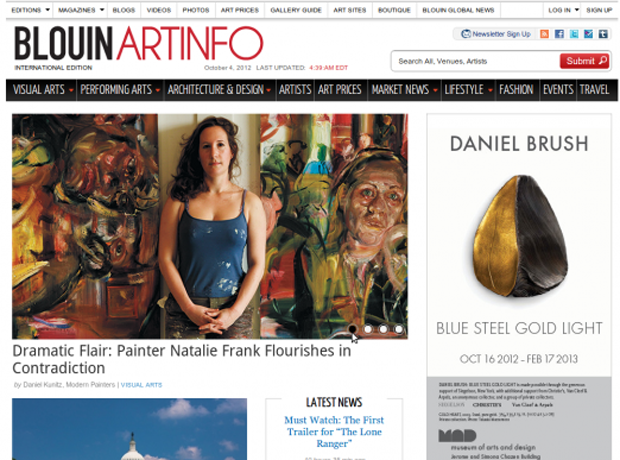
The old website was powered by a custom Perl CMS but the client wanted a more flexible and reliable environment for their website and content management.
The main goal was to migrate all the data from the old site to a new Drupal 7 website built around the design files provided by the client. Artinfo.com includes an enormous amount of content, including multimedia files, which would have to be ported to the new site.
The new Artinfo.com incorporates a unique blend of functionality through custom modules and delivers a user friendly interface with intuitive navigation.
The link structure was preserved and an enhanced SEO system was integrated to ensure Artinfo.com continues to be the ultimate gateway to the world's arts and culture.
Coding Standards
The Drupal.org coding standards have been strictly adhered to. This includes code syntax, comments in the code, security etc. The code was thoroughly checked by developers and the Coder Tough Love module before each commit. This kept to a minimum the number of code reviews and code fixing iterations.
Theming and the Front-end
The website is identical to the design comps provided by the client. No changes were permitted without the agreement and co-ordination of the Project Manager and the client.
The best and most effective visual design and user experience techniques were applied in order to include all site functionalities in a nice, user friendly environment. The information architecture was carefully studied and improved, making it easy for the visitor to access every bit of content they needed.
Data Migration
All the content and media files had to be migrated from the old site while retaining the original URLs for SEO purposes. Artinfo provided an archive of 89 XML files which varied in size from 2MB to 200MB.
Server infrastructure:
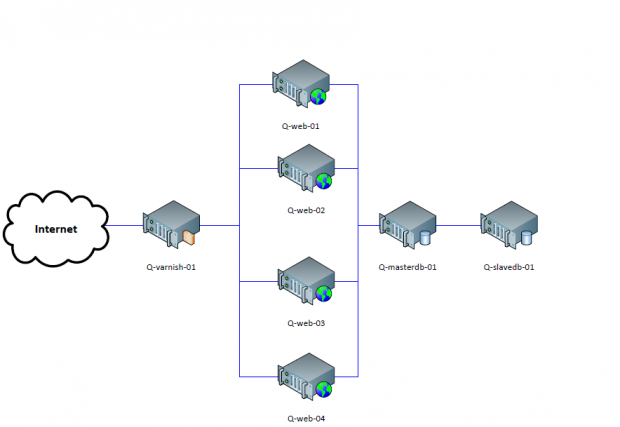
The mapping process had to be figured out mostly by Propeople as little information was provided by the client. Developers interrogated all the XML files and databases to establish which IDs would be mapped to Drupal vocabularies and content types.
Scripts for XML parsing were written by the development team and all the XML files were successfully imported. The migration consisted of ~26,000 articles, ~244,000 artists, ~1.2 million URLs, and ~32,000 registered users. Article categories were reduced from 208 to ~20. Everything was remapped and the pages dynamically built.
Also, 12,030 microsites had to be migrated. Every microsite contained its own homepage, artwork, artist profiles, exhibition events and an "About" page. Additionally, the developers created complex filtering handlers based on taxonomies and mapping criteria, and classifiers per artist museums, gallery guides, venues, artworks. Below you can see the microsites database scheme:

The blogs were initially powered by WordPress. For data migration the WordPress Migrate module was used along with a custom module written by the developers for that particular purpose. A total number of 29 blogs were successfully imported along with critical data such as tags, comments, feeds and URLs.
Search system
The integrated Apache Solr engine filters the results through a robust content tagging system, which ensures 100% relevancy and accurateness. The Events Calendar contains every major art event around the world, and groups them by country and category.
The search system on Artinfo.com provides visitors with several options:
Global search: The visitor can do a search from the header. The returned search results cover art information, news, multimedia, blogs, artists, artwork, exhibitions, galleries, museums, art fairs, and auction houses.
Advanced search: Visitors can refine their search by choosing specific types of content. If a visitor searches for a specific artist, a grid list of that artist's artwork is also returned. This functionality was developed as an extension to Apache Solr in a custom module.

SEO
Page Titles
All content has the option to use verbose page titles. However, a 70-character rule was implemented for each node's title tag in order to avoid the "..." (ellipsis) displayed by search engines for titles longer than this
Meta Tags
The Meta tags module was used for successful meta tag SEO implementation. Each meta description is unique. Since the meta description isn't used for rankings, and the snippet cuts off after 156 characters (in most instances), it's unwise to have a longer meta description tag. Words beyond this count won't be seen by anyone.
Canonical URLs are implemented for each page.
Sitemap
An XML sitemap was generated to create a standard structure so that search engine crawlers can easily find it. It also assists them in indexing the content.
URL Redirects
It checks the current URL for an alias and does a "301 redirect" to it if it is not being used. The Global Redirect module was used to redirect old URLs to the new ones using friendly path aliases.
Third Party integration
MailChimp integration was implemented through the existing Drupal contributed modules. Extra tweaks were added for design purposes and to allow for Ajax requests. Two cases were used:
- If an email address already exists in the database, the user's name will be sent via the MailChimp API.
- If the user does not exist, just the email address will be saved in the MailChimp account.
The development team created various custom newsletter subscription forms and managed groups and lists of subscribers from the MailChimp back-end.
Google's DoubleClick for Publishers API (DPF API) was used to place advertising banners and videos within the pages of the website. The advertisements' behavior was implemented in a complex manner - they change depending on such criteria as page type, artist venues, gallery guides, and slideshow galleries. The default functionality of the DFP API was extended with custom modules to fulfil the client's needs.
Social Media was integrated into certain node types. Facebook and Twitter development APIs and the AddThis module were used for this purpose.
Project Management
- The project was split into 6 sprints - one week each.
- It was a very aggressive timeline that nobody, even the client, believed would be possible - to go live in 6 weeks.
- Scrum calls - daily.
- Status reports sent to the client - two per week.
- Design meetings - 3 to 4 meetings per week for design feedback.
- Third party integrations - 2 to 3 meetings per week.
Technical specifications
The clients needed a complex search system as there is a lot of content divided into various sections (artists, museums, galleries, artwork, events, etc). 100% relevancy and accuracy of the search results was critical so the development team decided that Apache Solr would be best suited for the job.
With so many nodes divided by performing arts listings, visual arts, architecture & design, artists, microsites and other content sections - page building turned out to be a pretty complicated process. Views and Panels were used in order to achieve the best possible result. Draggable Views helped a lot in order to render the page content into the desired order for homepage news and articles.
For a large and complex website such as this we felt a good caching and optimization process was vital. We needed a faster service than Apache could offer so we made Varnish HTTP Accelerator Integration responsible for this.
With a total number of 29 blogs (thousands of articles each) to be migrated from WordPress to Drupal 7 we needed a module such as "WordPress Migrate" to complete the migration process successfully. Some minor custom functionality changes were developed to deal with a couple of bugs that came up during the migration process in order to meet all requirements.
- Alexei (asgorobets) - search implementation.
- Dumitru (Vomiand) - data migration.
- Alex (alex.scutaru) - dev/URL mapping.
- Oleg (turist) - project management.
As well as the team members mentioned above, Propeople includes Liliana (team leader and Drupal developer), Maia (front-end development) and Ecaterina (quality assurance).
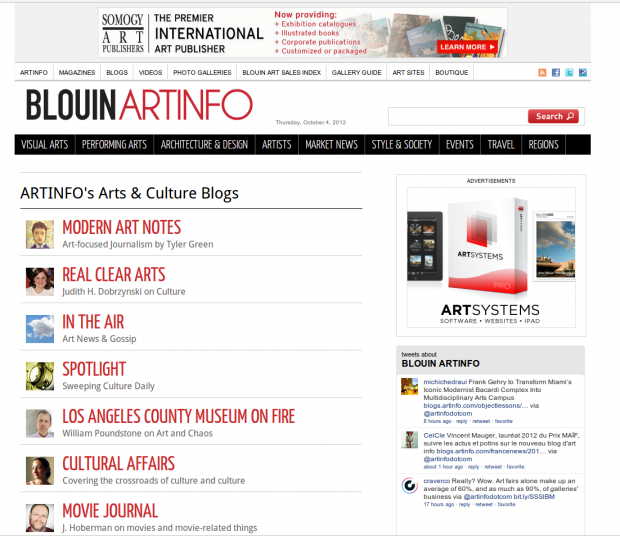
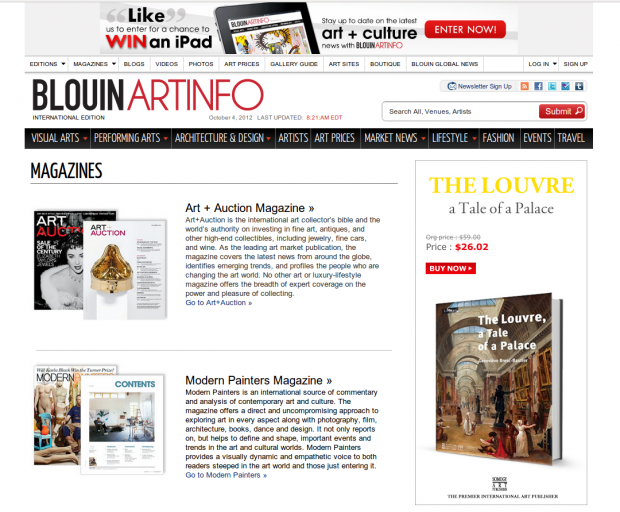
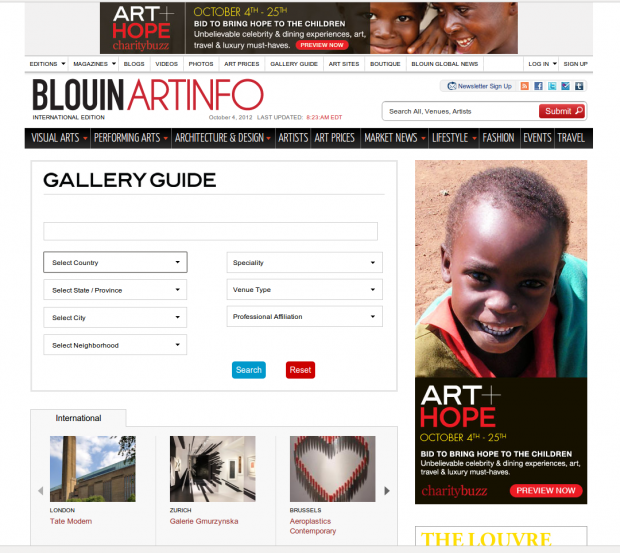
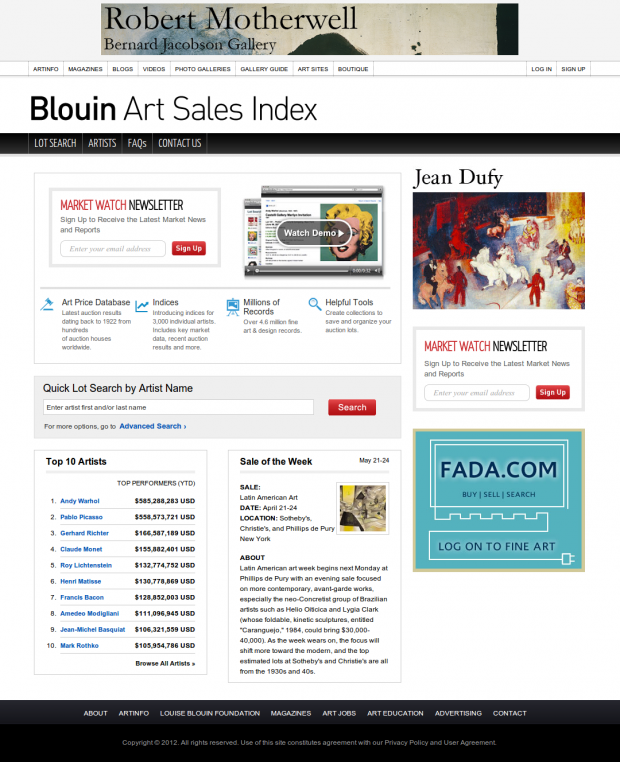
Comments
Thanks for the elaborate project description
Wow! I'm blown away by the magnitude of such a project. Very inspiring read!
-- Christian
question
wonderful job,
may i ask you how you arrange language issues,
Regards
_
As is seen, you placed ads in the middle of content in internal pages on website. I am familiar with adsense module and it only allows yo place ads above or down of contents. How did you do that? Did you do that using Google's DoubleClick for Publishers API? If you explain more, it would be nice.
DPF API
Google's DoubleClick for Publishers API (DPF API) was used to place advertising banners and videos within the pages of the website. The advertisements' behavior was implemented in a complex manner - they change depending on such criteria as page type, artist venues, gallery guides, and slideshow galleries. The default functionality of the DFP API was extended with custom modules to fulfil the client's needs.
_
OK, thanks a lot for your explanation. I really liked to know this complex method to implement ads among texts :)
AddThis
It might be a small thing. I read that you used AddThis for sharing and I was curious what implementation you used for this. I work on this module and so I thought how did they use AddThis?
addThis implementation
Hi,
We used addthis from the beginning, but there were some performance implications related to this.
Database
Did this project keep the default installation with MySQL?
How did you deal with this amount of data and database caching? (besides Varnish)
Database and Caching
Yes, the site is running on MySQL.
Varnish is used for page caching for anonymous traffic by default, and a custom module was written to cache also pages for authenticated users because almost all pages for authenticated users shows the same content as for anonymous, the only difference was the user bar which shows username. So the username is stored in a cookie and is processed on client side. Varnish is configured to ignore this cookie.
Also all views are cached and cache is invalidated with Cache Actions and Rules.
I am very intstead about your case.
It's very proud of your work, I want to know how do you treate the massly microsites in your new Artinfo.com after you do migrated.
Rich Info
Very inspiring website. Good information. Easy to navigate from one page to another. Truly works of art!